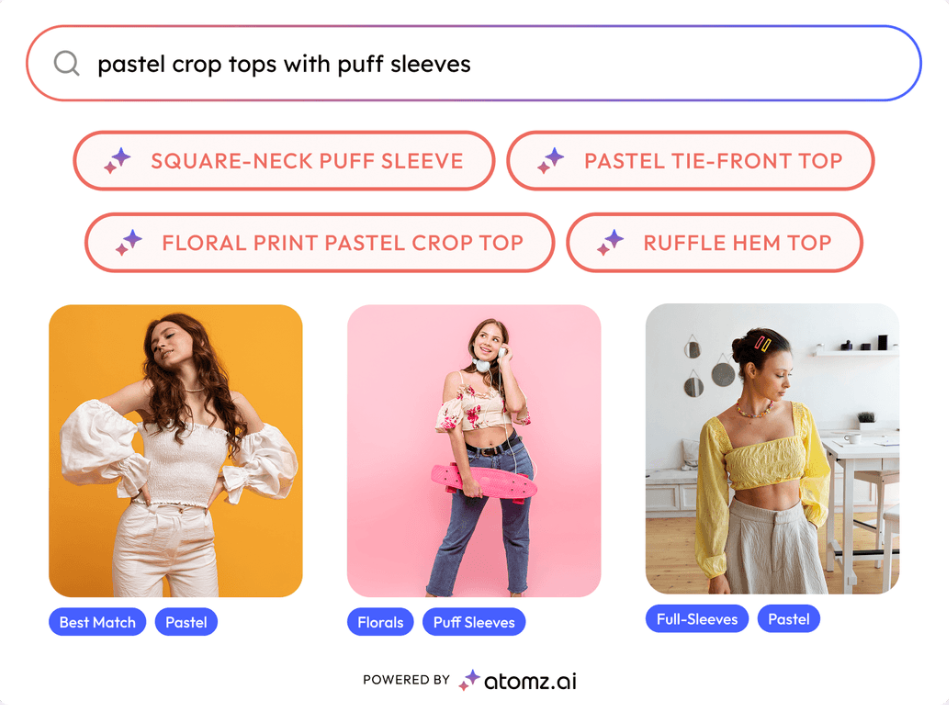
ON THIS PAGE
Stay Updated with latest in AI SEO
31 October 2025
E-commerce is entering a new era of AI-driven shopping. OpenAI’s new shopping system, Instant Checkout, makes it possible for users to find, compare, and buy products directly within ChatGPT, turning everyday conversations into instant shopping experiences. This means ChatGPT now acts as a shopping assistant that can complete a purchase in the chat. This new era of AI commerce isn’t just about visibility; it's about understanding how AI perceives your brand.
For apparel brands, this is more than a technical integration; it’s a major shift in how discovery and purchase intent meet. The customer journey from “What should I wear?” to “Order this in my size” is shrinking from minutes to moments.
Imagine a user typing: “Show me a lightweight puffer jacket under $100 for women with 2-day delivery in Texas.”
ChatGPT instantly surfaces product cards. If your catalog is structured correctly and linked through Shopify’s new integration with ChatGPT, that shopper could complete checkout without even leaving the chat.
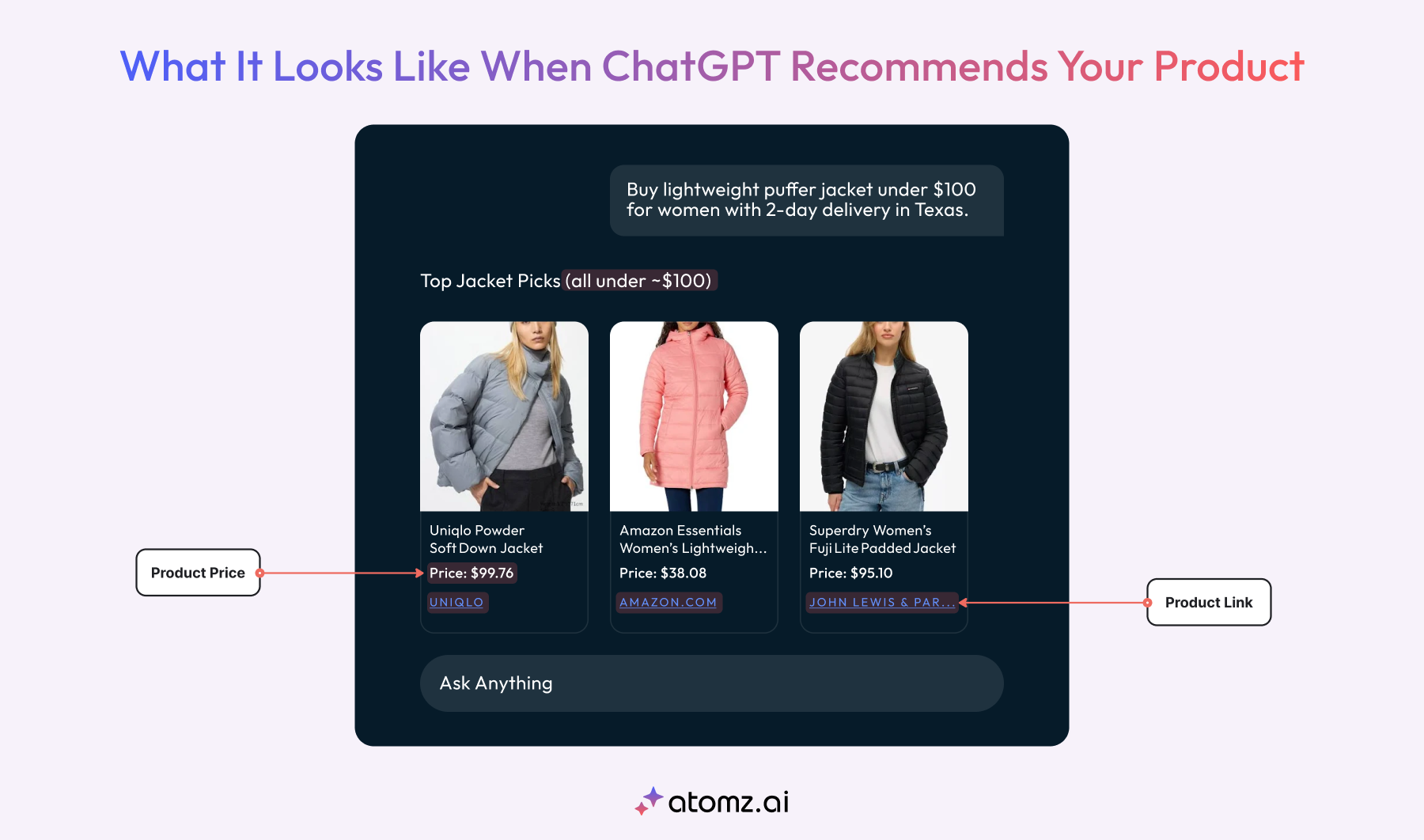
You can see how your own products might appear in the ChatGPT experience by testing your store.
To explore how AI-driven discovery is reshaping online retail, read our insights on why this shift matters and fashion’s move toward intelligent commerce.
In September 2025, OpenAI announced Instant Checkout, the first commerce experience powered by the Agentic Commerce Protocol (ACP). This lets users purchase items directly within ChatGPT with all orders, payments, and attribution managed safely through the Shopify Admin.
For a deeper breakdown of this shift, explore how Atomz helps Shopify stores prepare for LLM-driven discovery.
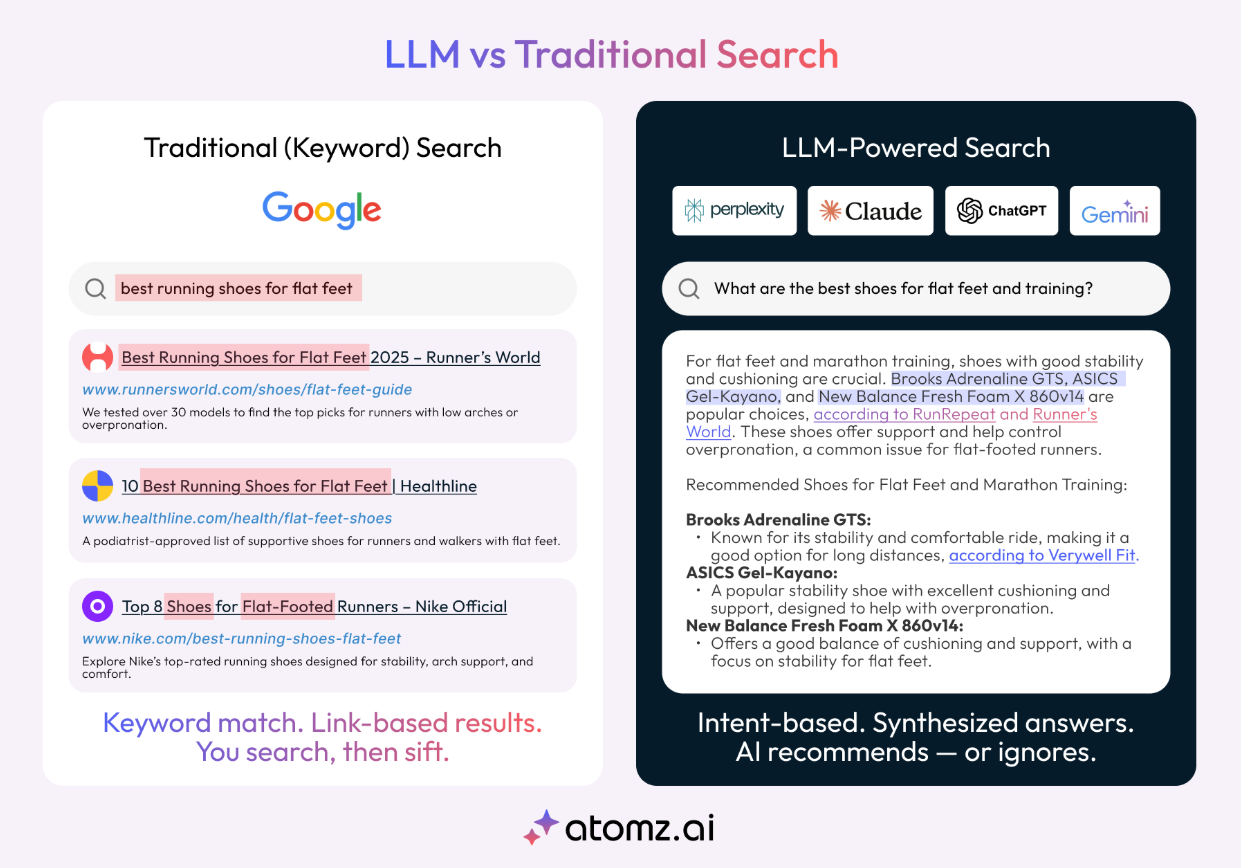
Here’s what’s new and confirmed by OpenAI and Shopify:
In essence, Shopify is extending your storefront into ChatGPT, turning conversational discovery into a frictionless purchase flow.
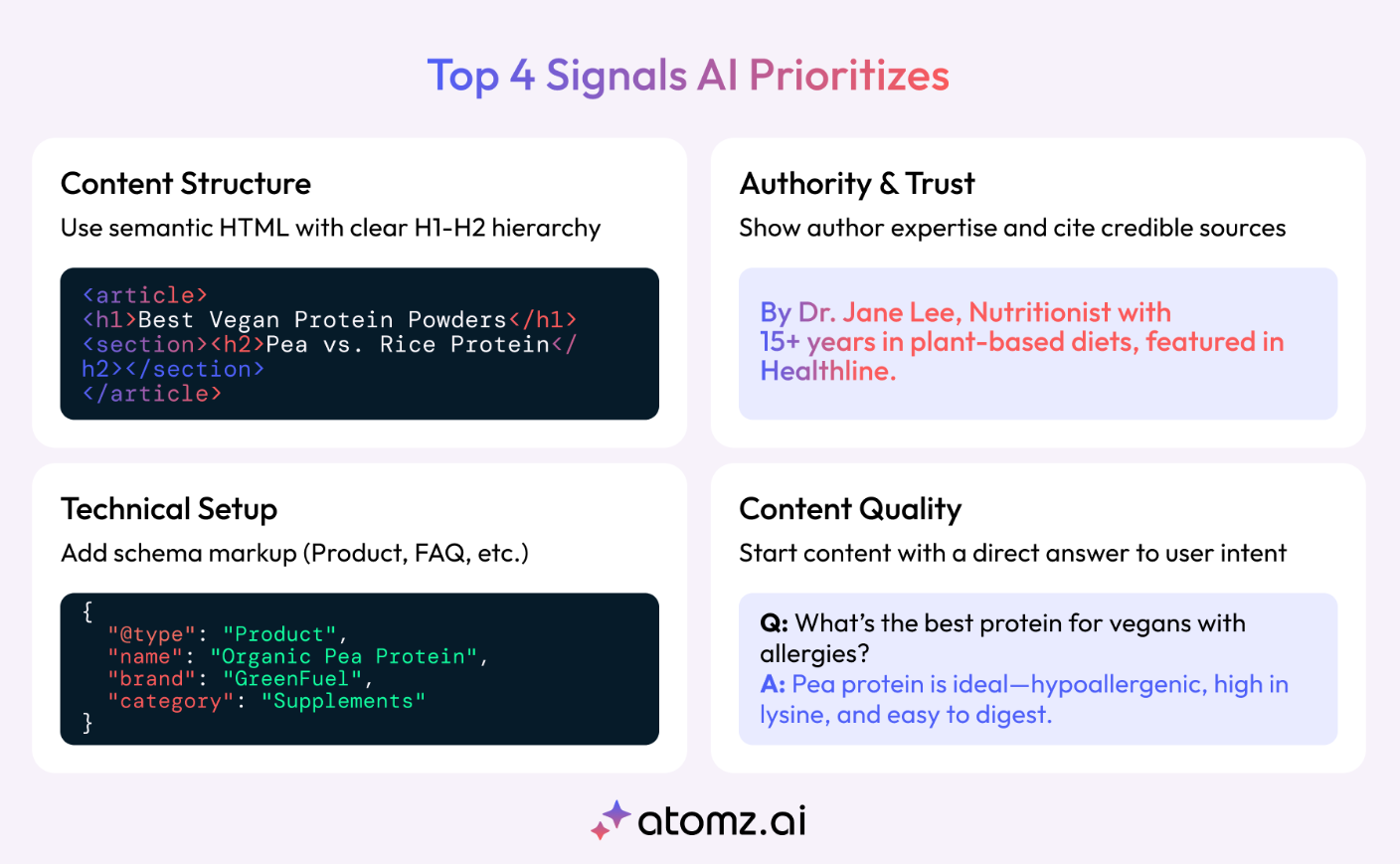
When a shopper searches in ChatGPT (“best linen trousers under $100”), the system fetches data from merchant feeds and Shopify’s catalog APIs. You can also test your brand’s AI visibility to see how discoverable your products are inside ChatGPT’s AI shopping results.
Here’s a simple breakdown of how this new in-chat shopping experience works from search to fulfillment.
This design keeps merchants in control while letting shoppers complete high-intent purchases faster than ever.

This shift also changes how shoppers navigate products inside ChatGPT. Let’s say a user searches: “Buy lightweight black puffer jacket under $200 for women with 2-day delivery in Texas.”
ChatGPT surfaces cards from multiple merchants. Your brand appears because:
The user taps your product, views delivery time (“Arrives in 2 days”), and completes payment via ChatGPT. The order instantly syncs with your Shopify backend, visible under Orders with “ChatGPT” as the source channel.
That’s how “chat-based” shopping translates into actual revenue for apparel brands.
One of the best ways to understand what this shift looks like in practice is to study how leading apparel brands are showing up inside ChatGPT.
In our AI Discovery Audit of Everlane, we found that the brand performs strongly for queries like ‘minimalist workwear for women’ and ‘sustainable cotton basics’, but it lacks strong visibility in budget-conscious searches, suggesting room to grow in affordability-led and functional workwear segments.
Below is a snapshot from Atomz, showing how Everlane’s products surface inside ChatGPT’s AI shopping results, a live example of how structured data and product detail accuracy impact discoverability.

Everlane’s visibility is highest when its product data highlights transparency, material quality, and sustainability, themes that match how users naturally describe clothing inside AI chat experiences. This reinforces one of the key lessons for all apparel brands: the way you structure your product feed and describe your items directly impacts how ChatGPT understands your catalog.
To see how your own store performs across AI search and shopping queries, request a free AI Brand Audit.
To benefit from this new channel, apparel brands must prepare both technically and strategically.
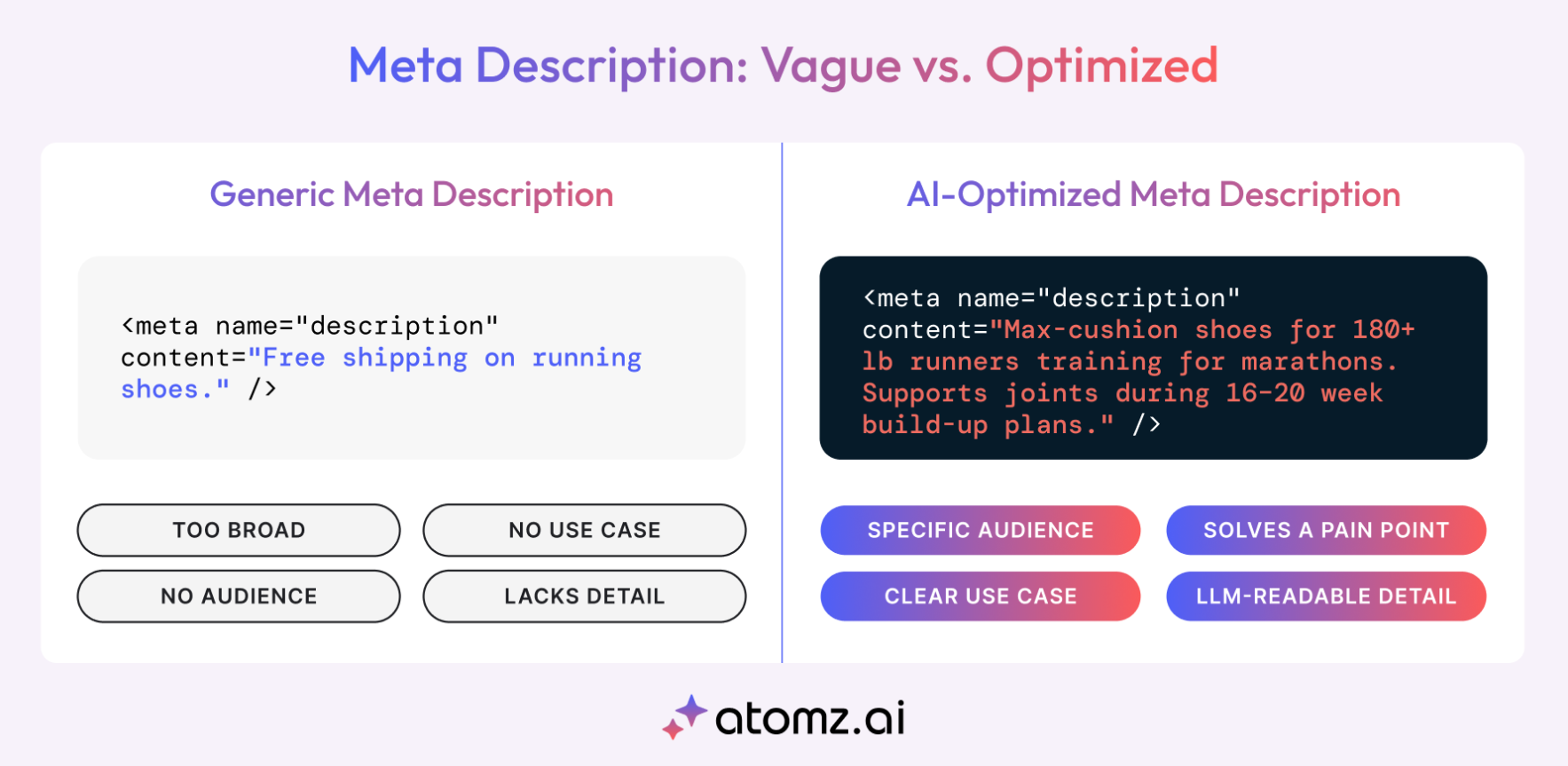
OpenAI’s Product Feed Specification powers indexing in ChatGPT. These tell ChatGPT what each product is and whether it’s available to buy.
Apparel-specific variant details (for clothing and accessories): Since apparel products come in many colors and sizes, these fields help ChatGPT group them correctly:
Clothing and footwear depend on variant accuracy. Missing size or color attributes can cause ChatGPT to skip or misclassify your item. Ensure that:
Set up your backend (Shopify handles much of this) to support:
Think of this as AI-native SEO writing for how users actually talk to assistants.
Apparel is inherently descriptive. Users don’t search by SKU; they describe intent. Make sure your titles and descriptions include contextual cues ChatGPT can interpret. Examples:
The closer your product language matches how humans describe clothing, the more discoverable you become in chat-based commerce.
Shopify and OpenAI’s collaboration is setting the stage for a new, conversational era of fashion commerce. The brands that adapt early will shape how shoppers discover and buy fashion in the AI commerce.
This isn’t just another sales channel; it’s a new layer of discovery, where how you describe your products and maintain your data determines your visibility inside the world’s most advanced AI assistant.
As shopping moves from search boxes to conversations, being ChatGPT-ready keeps your brand visible, relevant, and one step ahead.
To see where your brand stands today, explore your visibility and request a free AI Brand Audit.
Streamline your workflow, achieve more
Richard Thomas
Create buying intent instantly
Create buying intent before customers search. 25%+ conversion lift guaranteed.
Why Prompts Matter
AI Search That Converts 3x Better
Get the latest in AI-powered search, UX trends, and eCommerce conversions—straight to your inbo
No spam. Just powerful insights.
👉 Join thousands of growth-focused brands.

